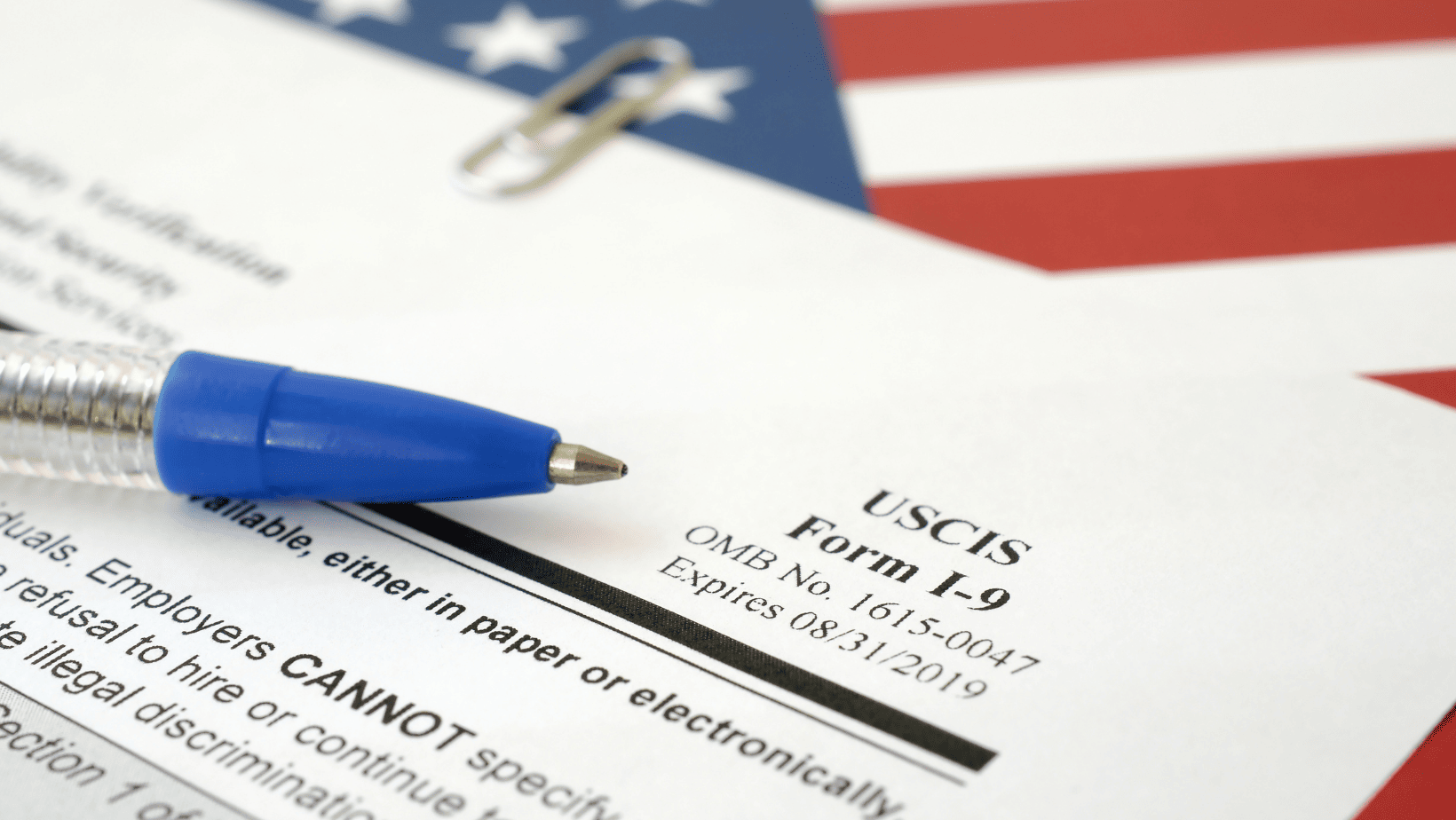Employers are under increased scrutiny regarding workplace immigration compliance, particularly concerning the use of electronic Form I-9 systems. While these systems can enhance efficiency and accuracy in verifying employment eligibility, it’s crucial to ensure they meet specific compliance standards to avoid potential penalties.
Key Considerations for Electronic I-9 Systems:
System Integrity and Accuracy:
Implement reliable electronic systems that accurately capture all required information on Form I-9. These systems should have robust controls to prevent unauthorized alterations and ensure data reliability.
Audit Trails:
Maintain detailed audit trails that record all actions taken within the system, including who made changes and when. This transparency is vital during audits by U.S. Immigration and Customs Enforcement (ICE).
Electronic Signatures:
Ensure the system complies with regulations for electronic signatures, including methods to verify the identity of signatories and acknowledgment of the form’s attestation.
Pre-Population of Data:
Be cautious with pre-populating forms with employee information, as it may lead to inaccuracies or claims that employees didn’t input their data. Implement measures allowing employees to review and confirm pre-filled information.
Regular Training:
Provide ongoing training for HR staff on the correct use of electronic I-9 systems to ensure consistent compliance and awareness of current regulations.
Vendor Selection:
Carefully vet electronic I-9 system vendors. ICE does not certify or endorse any I-9 software, so it’s essential to choose a vendor that meets all regulatory requirements and provides necessary compliance features.
Non-compliance can result in significant fines and legal consequences, even if unauthorized workers are not knowingly employed. Regularly reviewing and updating electronic I-9 processes and systems is essential to maintain compliance and be prepared for potential ICE audits.
EMP Trust offers comprehensive electronic Form I-9 compliance solutions designed to streamline the employee verification process and ensure compliance with USCIS/DHS guidelines.



